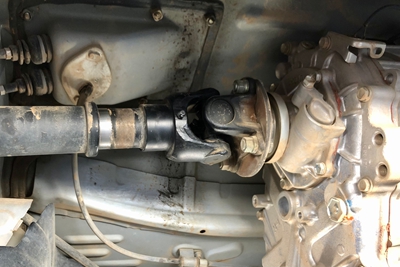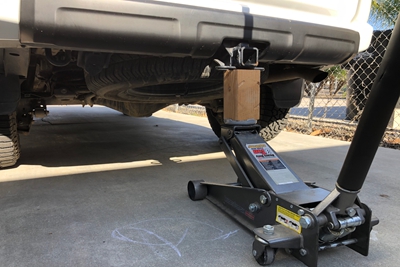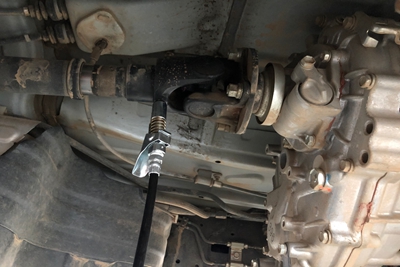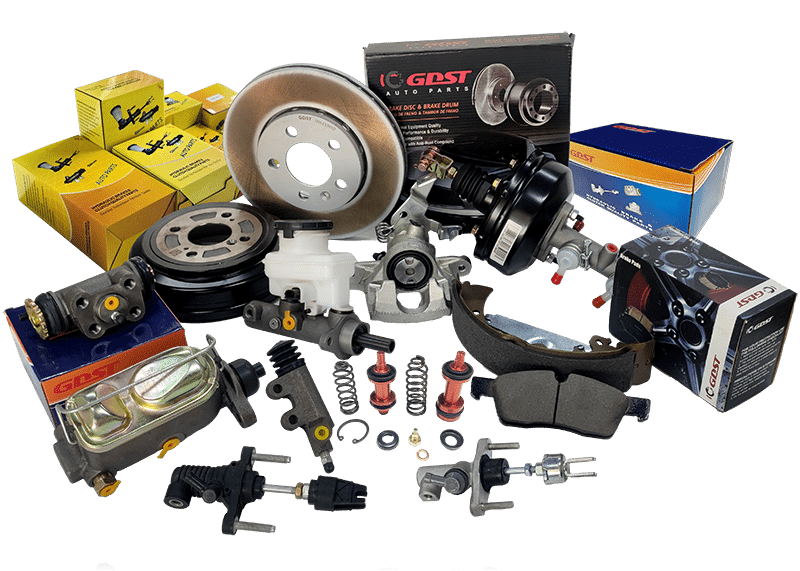In the drive shaft business, one of the most common questions customers ask is how to grease drive shaft correctly. It sounds simple, but it makes a big difference. A shaft that is not greased will start to vibrate, knock, and wear out quickly. A well-greased one runs quietly, lasts longer, and keeps customers happy.
You grease a drive shaft by locating the grease fittings on the U-joints and slip yoke, cleaning them, then using a grease gun with NLGI Grade 2 grease. Pump slowly until fresh grease shows, wipe off excess, and repeat on all fittings. Regular greasing every 5,000 miles keeps the driveshaft smooth and prevents costly wear.
This guide explains what driveshaft lubrication is, why it matters, how to do it step by step, and how often it should be done.
What Is Drive Shaft Lubrication

The function of the drive shaft is to transmit power from the transmission to the wheels. It operates under constant pressure and is exposed to water, dirt, and high temperatures. The main points that need lubrication are:
- U-joints, which let the shaft flex with suspension movement.
- Slip yokes, which allow the shaft to slide back and forth.
Without grease, these parts suffer metal-on-metal contact. The result is heat, rust, noise, and finally failure. A bad U-joint can even leave the car undrivable.
With regular lubrication, the shaft turns smoothly, parts wear more slowly, and costly repairs are avoided. For professionals, knowing how to properly grease the drive shaft is not just maintenance — it demonstrates skill and care that customers remember.
How To Grease Drive Shaft: A Step-by-Step Guide

Before diving into the steps, take a moment to prepare yourself and your workspace. A little setup makes the whole job smoother and avoids mistakes.
Advance Preparations
- Grease gun — hand-pump or pneumatic, whichever you prefer.
- Correct grease — usually NLGI Grade 2 with EP (extreme pressure) additives. This type resists heat and pressure, perfect for U-joints.
- Rags and cleaner — dirt around the fittings is common, and cleaning is key.
- Gloves and glasses — safety is part of the job.
- Jack and stands — if the fittings are hard to reach, lift the vehicle safely.
Six Steps To Grease A Drive Shaft
Step 1: Locate the fittings
Start by identifying the grease points. Look for the small zerk fittings on the U-joints and slip yokes. Depending on the model, there may be several. Use a flashlight to see clearly. Many beginners miss one fitting and leave part of the shaft dry. As a pro, you know every joint counts.
Step 2: Clean the fittings
Wipe each fitting with a clean rag before greasing. Dirt and old grease are common here. If you don’t clean them first, that debris can get pushed inside and cause wear like sandpaper. A quick spray of cleaner makes the job easier.
Step 3: Attach the grease gun
Press the coupler of your grease gun straight onto the fitting until it locks firmly. If it sits at an angle or feels loose, grease will leak out instead of flowing in. Take a moment to check the seal before you start pumping.
Step 4: Pump grease slowly
Work the grease gun handle with steady pressure, not speed. You should see old grease start to move out, followed by fresh grease appearing at the edges. This is the sign that the joint is now fully lubricated and ready.
Step 5: Stop and wipe off the extra
As soon as you see new grease appear, stop pumping. Adding too much can pop seals or trap pressure inside. Always wipe away extra grease with a rag so dirt will not stick to the joint later on.
Step 6: Rotate and inspect
Turn the driveshaft slightly to find the next fitting, then repeat the process. When all fittings are done, take a moment to inspect the joints. Look for cracks, looseness, or leaks — catching problems early saves time and cost.
How Often To Grease And Key Precautions

As a rule of thumb, give it grease about every 5,000 miles or whenever you do an oil change. If the vehicle works harder — like towing, carrying heavy loads, or going off-road — grease it more often, since mud and water can wash the grease away. In wet or salty areas, such as near the coast or in snowy regions, it’s smart to add grease more often to stop rust.
A few things to keep in mind:
- Don’t keep pumping once you see fresh grease come out — too much can hurt the seals.
- Stick with the right type of grease made for U-joints.
- Always wipe the fittings clean before using the grease gun.
- If you still hear noise or feel looseness after greasing, the part may already be worn and should be replaced.
Conclusion
Learning how to grease a driveshaft isn’t complicated, but it makes a big difference. For drivers, it helps avoid breakdowns and keeps the ride smooth. For shops like ours, it shows we care and builds real trust with customers.
Make greasing part of your regular service. Just a few minutes with a grease gun can save hours of costly repairs later — and both you and your customers will feel the benefit.



